Architecture is not just about constructing buildings; it is a form of art that shapes the way we live and experience our surroundings. Over the centuries, various theories have influenced architectural design, but one theory stands out for its unique approach to creating harmonious living spaces - Feng Shui.
Unleashing the Energy of Qi: The Core of Feng Shui
Feng Shui, meaning "wind-water" in Chinese, is an ancient art that considers the invisible forces that bind the universe together into energy known as "Qi." This intangible energy flows under our feet, floats above us, and resides inside us, constantly transforming and affecting our environment. It is believed that by harnessing the flow of Qi, Feng Shui can create balance and harmony between humans, the built environment, and nature.
At the heart of Feng Shui is the concept of Yin and Yang, the balance between positive and negative energies. By understanding this contrast and its impact on the micro and macro environment, Feng Shui aims to create a unified connection between all elements of a space.
The Influence of Feng Shui on Chinese Architecture
Feng Shui has been an integral part of Chinese architecture for thousands of years. It is deeply embedded in Chinese culture and has shaped the ideology and design principles of the nation. From the Forbidden City in Beijing to cities like Tekes and Wenzhou, Chinese architecture showcases the profound impact of Feng Shui.
The Forbidden City, once the imperial palace, is a prime example of architectural design based on Feng Shui principles. The layout of the palace follows the central axis of north-south, with buildings facing south to capture the strongest Qi. Symmetry and the incorporation of water bodies and surrounding hills further contribute to the harmony and protection of the palace.
Feng Shui Goes Global: From Sydney to Hong Kong
While Feng Shui originated in China, its influence has extended far beyond its borders. In the 20th century, international attention brought Feng Shui principles into the spotlight. Even iconic structures like the Sydney Opera House and the HSBC Bank Headquarters in Hong Kong have incorporated Feng Shui elements in their design.
Architects and designers around the world have recognized the value of Feng Shui in creating prosperous and harmonious spaces. The consultation of Feng Shui masters in projects like the HSBC Bank Headquarters ensures that the buildings follow the correct application of Feng Shui principles.
The Modern Interpretation of Feng Shui: From New Age to Ecological Concerns
In recent years, there has been a rise in the use of Feng Shui principles in modern architecture and interior design. The incorporation of Feng Shui into real estate projects and interior spaces has become a way to attract positive energy and enhance well-being.
However, there is a fine line between the authentic application of Feng Shui and the exploitation of its principles for commercial gain. Some designers fear that the true essence of Feng Shui may be diluted or misunderstood as it becomes a buzzword in the design industry.
The Integration of Feng Shui and Contemporary Design: Finding a Middle Ground
While Feng Shui may seem mystical to some, it offers a unique perspective that can add harmony and spirituality to design solutions. Architects can draw inspiration from the process of thinking behind Feng Shui, which focuses on achieving balance and well-being in built spaces.
By combining the principles of Feng Shui with scientific design approaches, architects can create structures that not only meet the client's needs but also pay homage to the ancient wisdom of Feng Shui. This integration allows for the manifestation of architecture that addresses ecological concerns while providing a sense of harmony and spiritual meaning.
Conclusion: The Enduring Legacy of Feng Shui in Architecture
Feng Shui continues to be a relevant and influential theory in architecture, transcending cultural and geographical boundaries. Its principles offer valuable insights into creating spaces that promote balance, harmony, and well-being.
As architects navigate the realm of design, they can find inspiration in the ancient wisdom of Feng Shui, blending it with contemporary knowledge and approaches. By doing so, they can create spaces that not only delight the senses but also nurture the mind, body, and spirit.
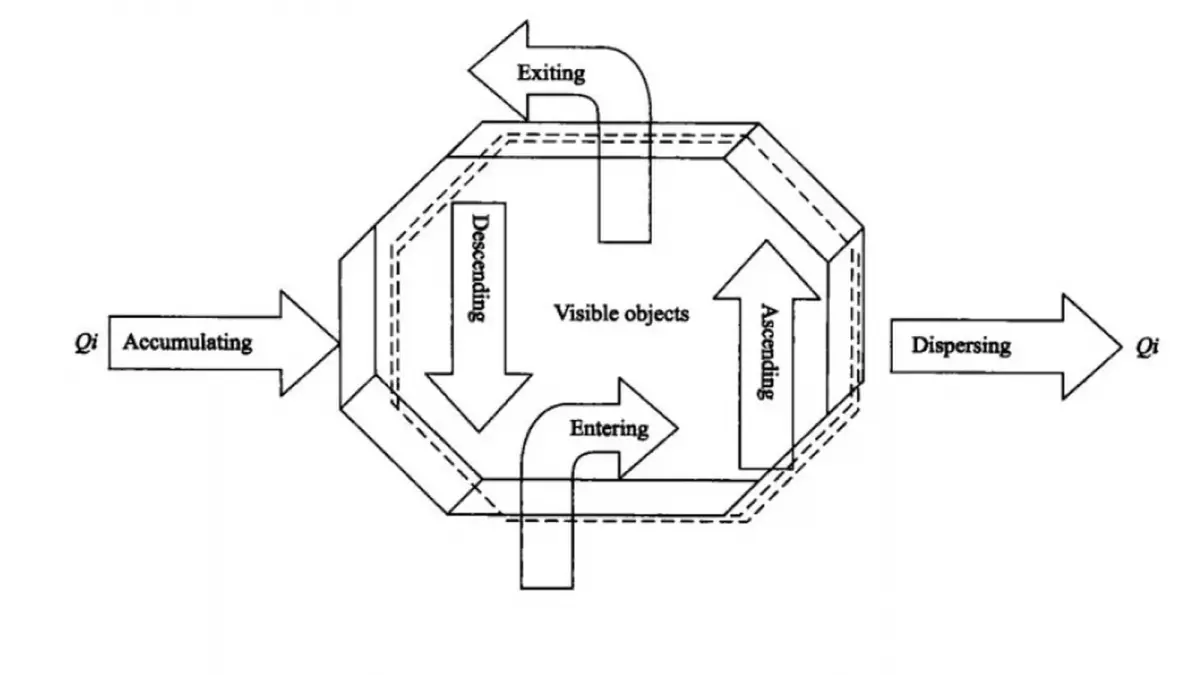 An example of flow of Qi ©https://fengshui168now.wordpress.com
An example of flow of Qi ©https://fengshui168now.wordpress.com
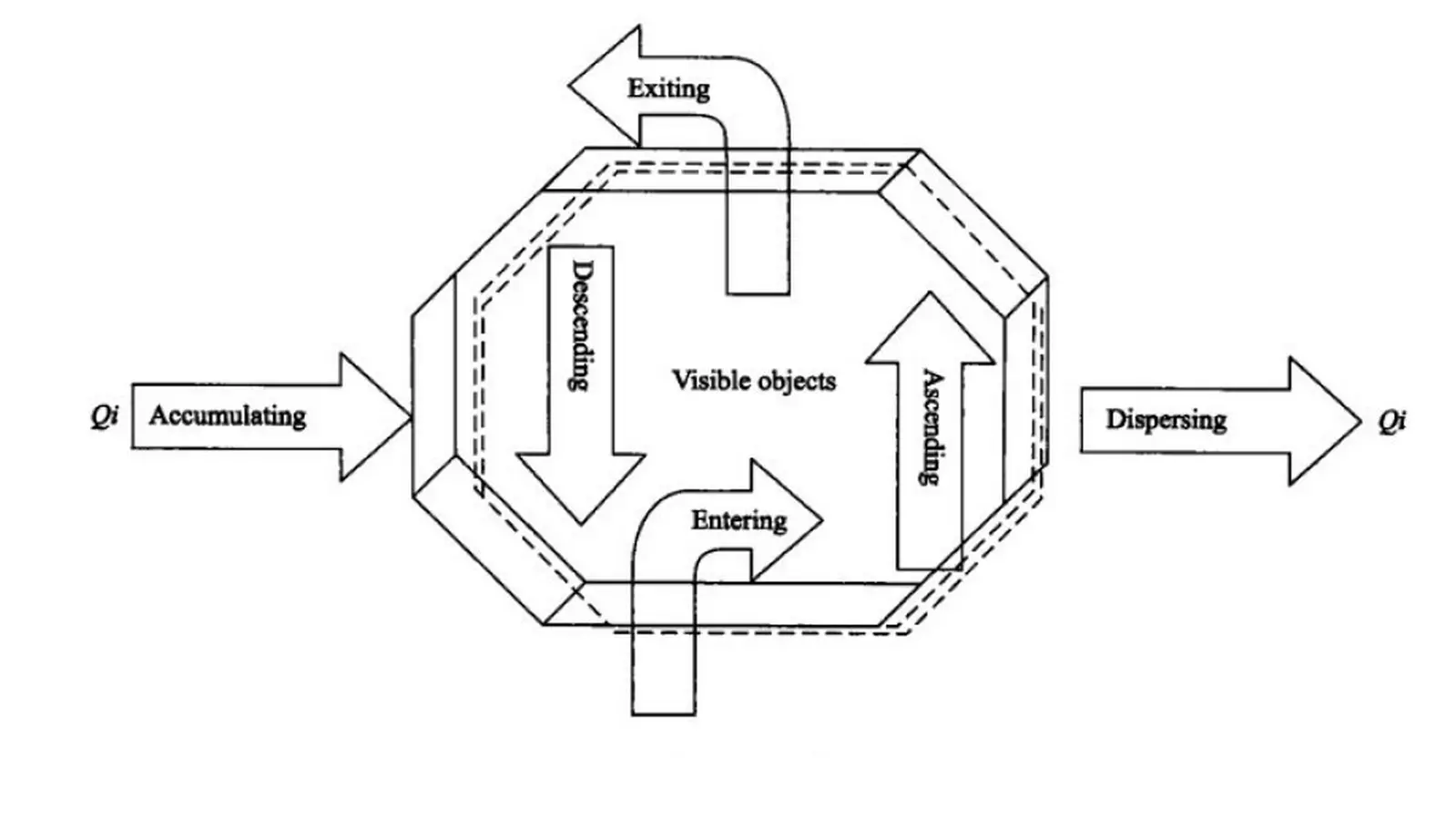 Demostration of Yin and Yang ©Body, Mind, and Spirit: Feng Shui Applications for a Healing Environment Prototype
Demostration of Yin and Yang ©Body, Mind, and Spirit: Feng Shui Applications for a Healing Environment Prototype
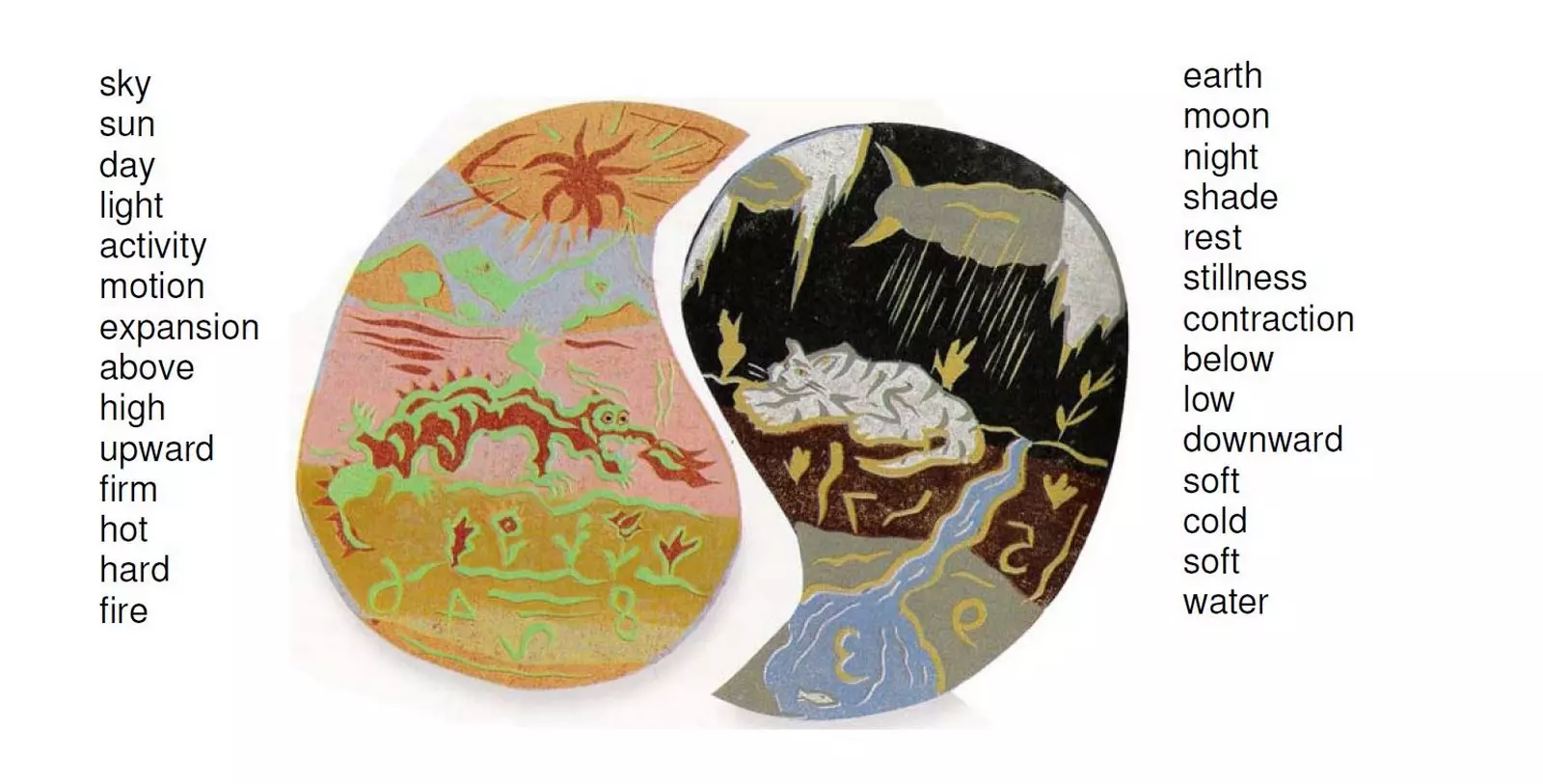 Oreination according to Feng Shui ©ww.fengshuipundit.com
Oreination according to Feng Shui ©ww.fengshuipundit.com
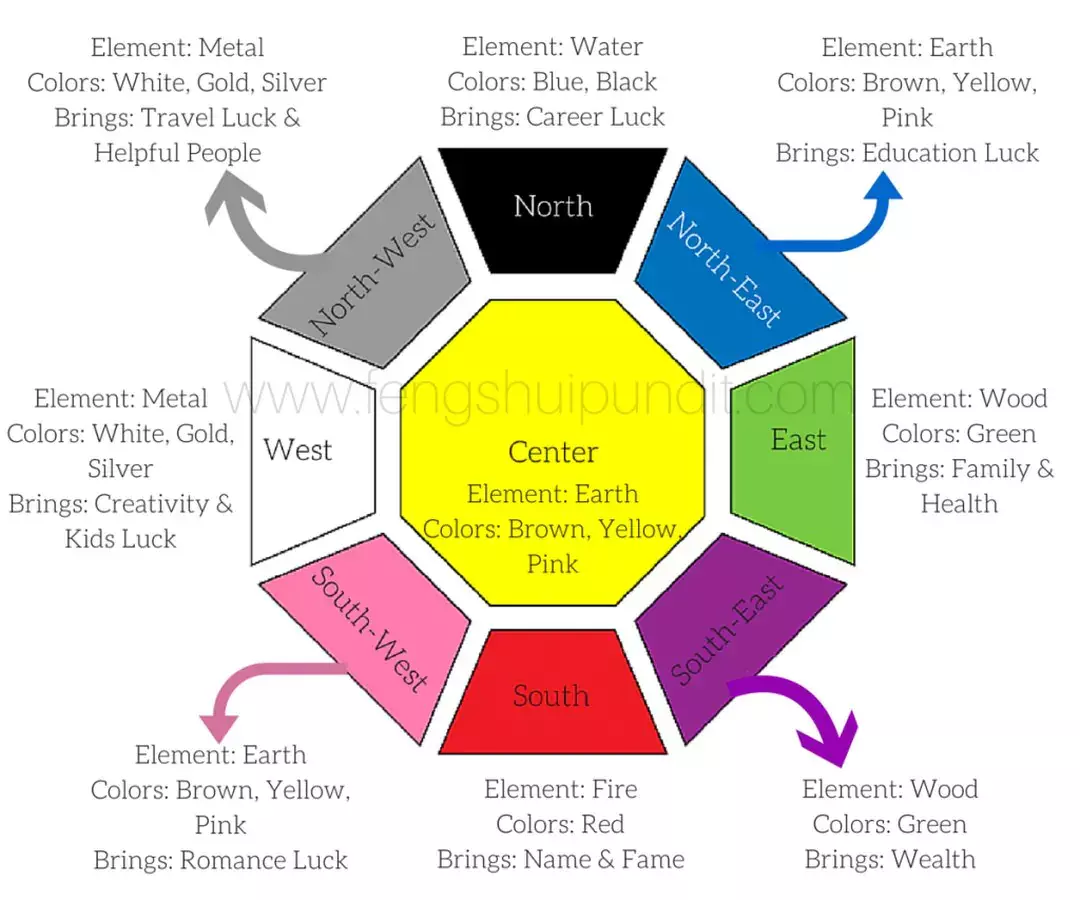 The Forbidden City Palace ©Romeo Bwlarmino
The Forbidden City Palace ©Romeo Bwlarmino
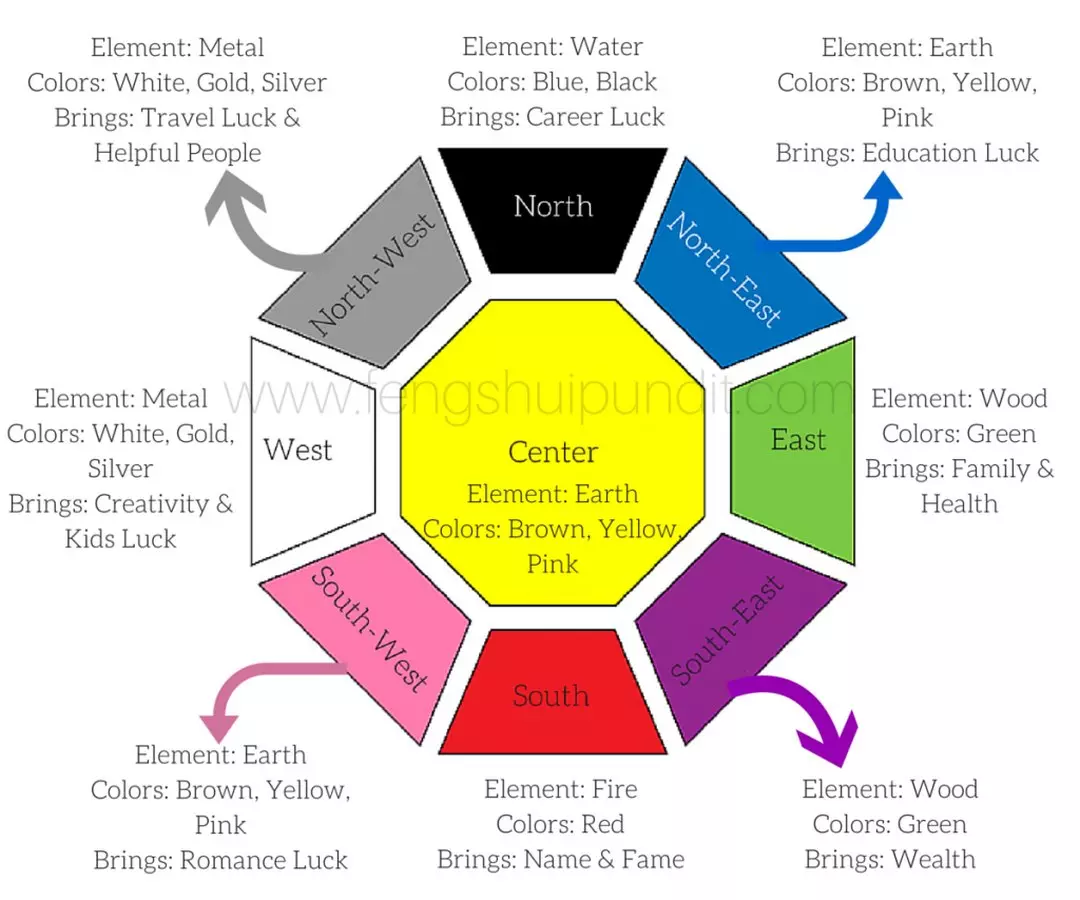 Detailed Map of the City ©http://www.china-tour.cn
Detailed Map of the City ©http://www.china-tour.cn
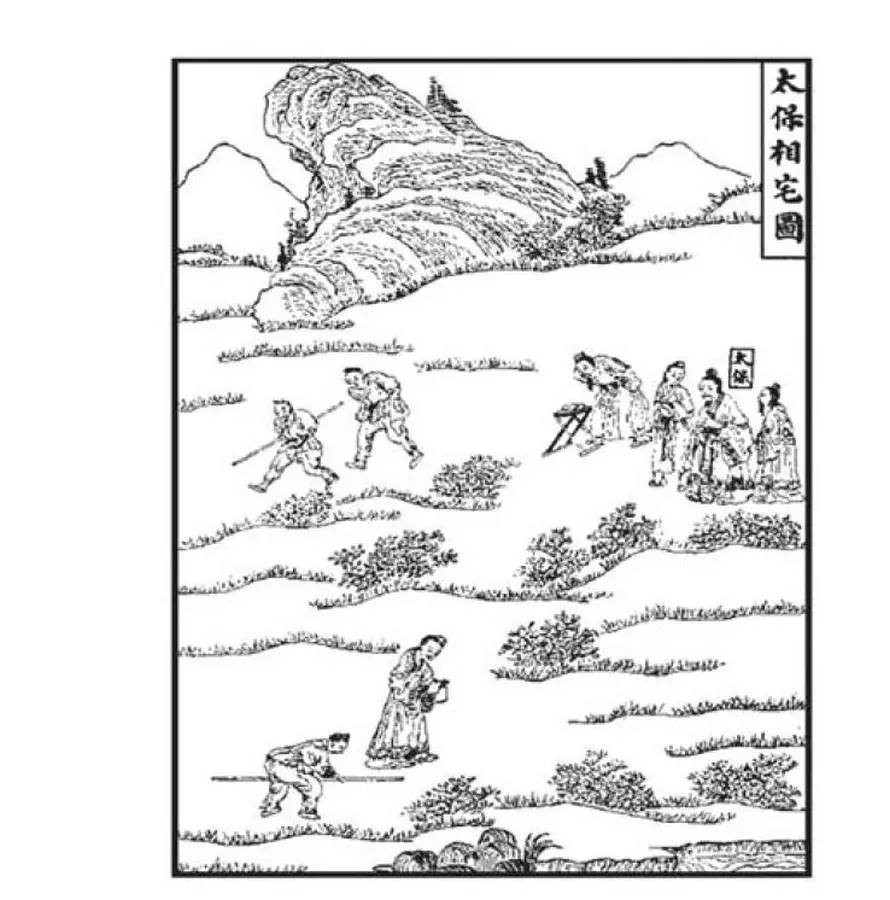 Landscape feature in the city ©Gilles Béguin and Dominique Morel
Landscape feature in the city ©Gilles Béguin and Dominique Morel
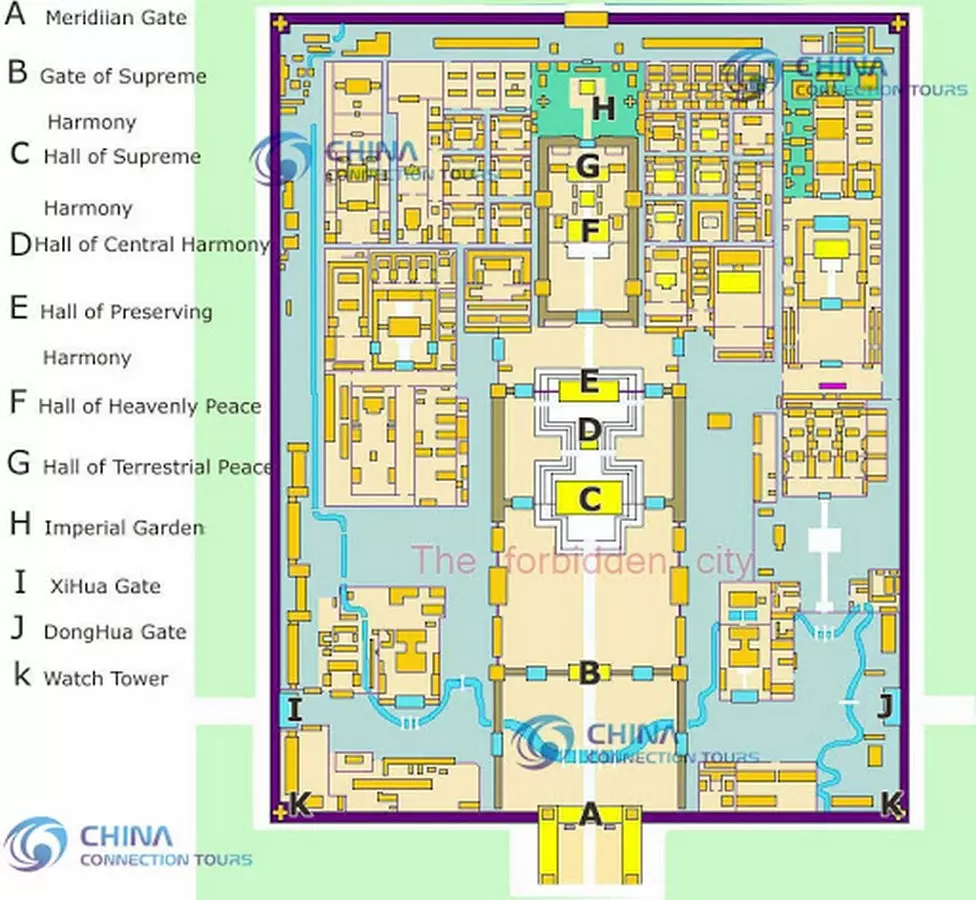 Jardine house ©https://simonjamesonweston.wordpress.com
Jardine house ©https://simonjamesonweston.wordpress.com
 The Repulse Bay ©https://en.wikipedia.org
The Repulse Bay ©https://en.wikipedia.org
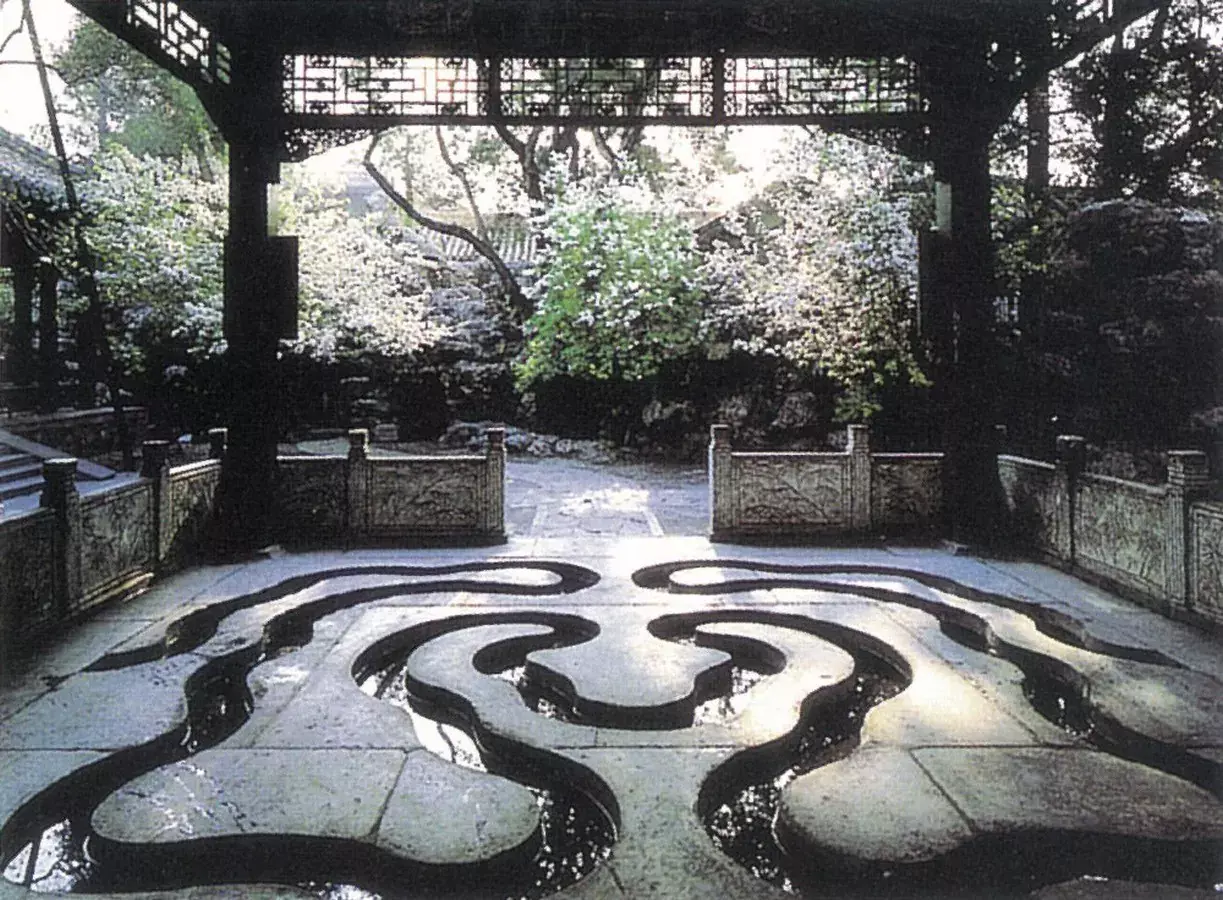 Metal globe ©https://www.nytimes.com
Metal globe ©https://www.nytimes.com
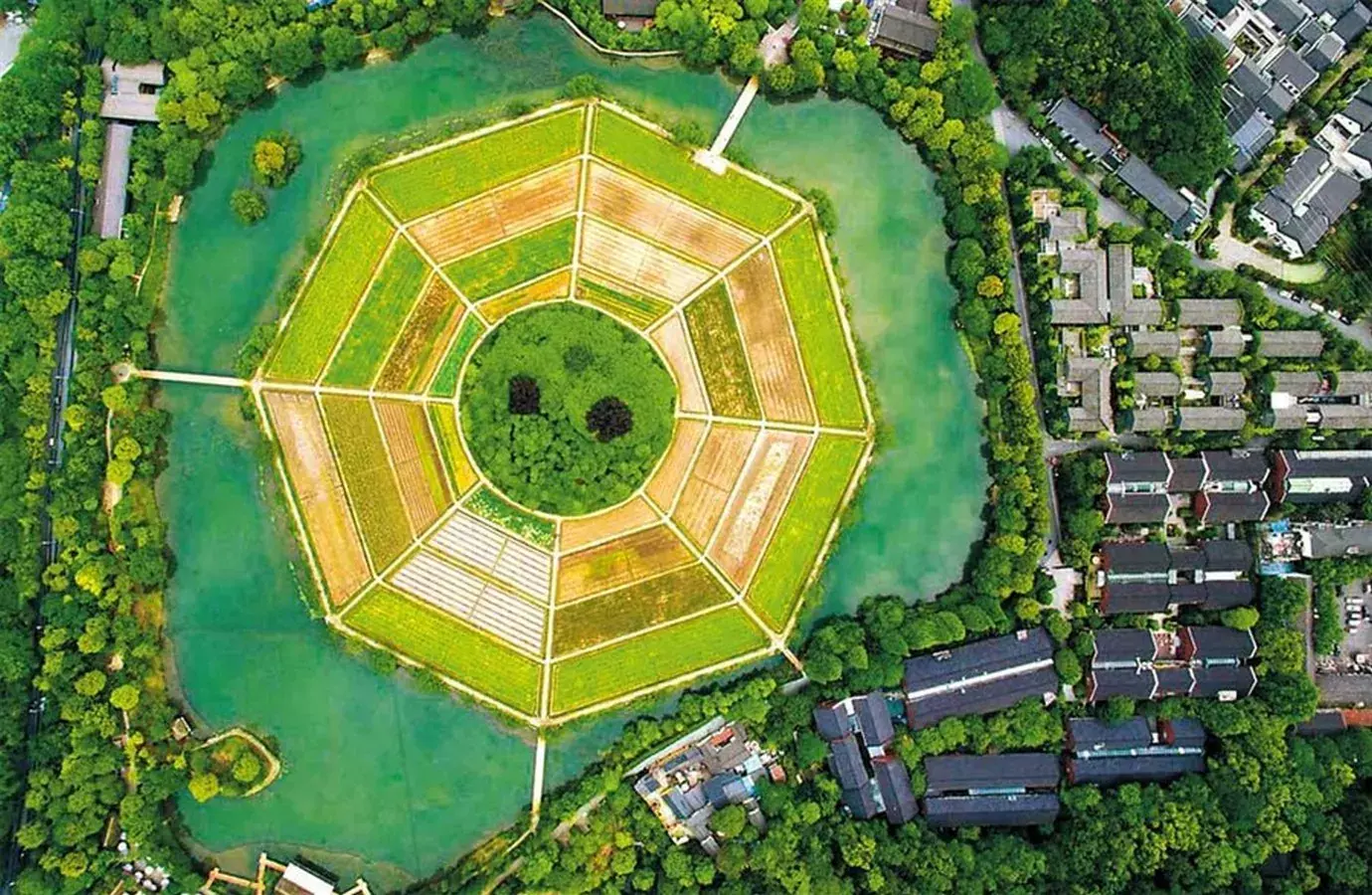 Combining both the theories ©Body, Mind, and Spirit: Feng Shui Applications for a Healing Environment Prototype.
Combining both the theories ©Body, Mind, and Spirit: Feng Shui Applications for a Healing Environment Prototype.
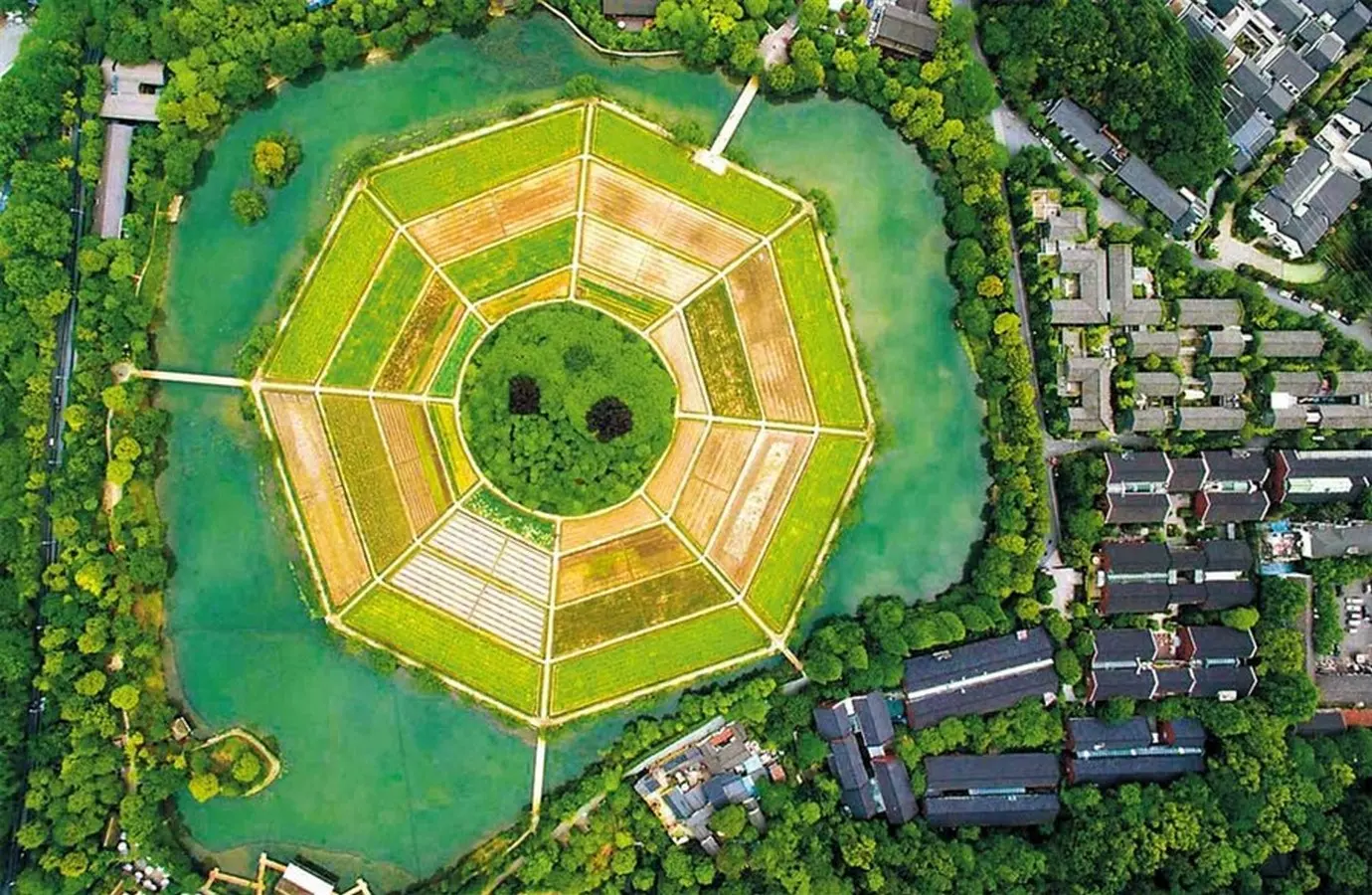 Comparative analysis ©Body, Mind, and Spirit: Feng Shui Applications for a Healing Environment Prototype.
Comparative analysis ©Body, Mind, and Spirit: Feng Shui Applications for a Healing Environment Prototype.

















